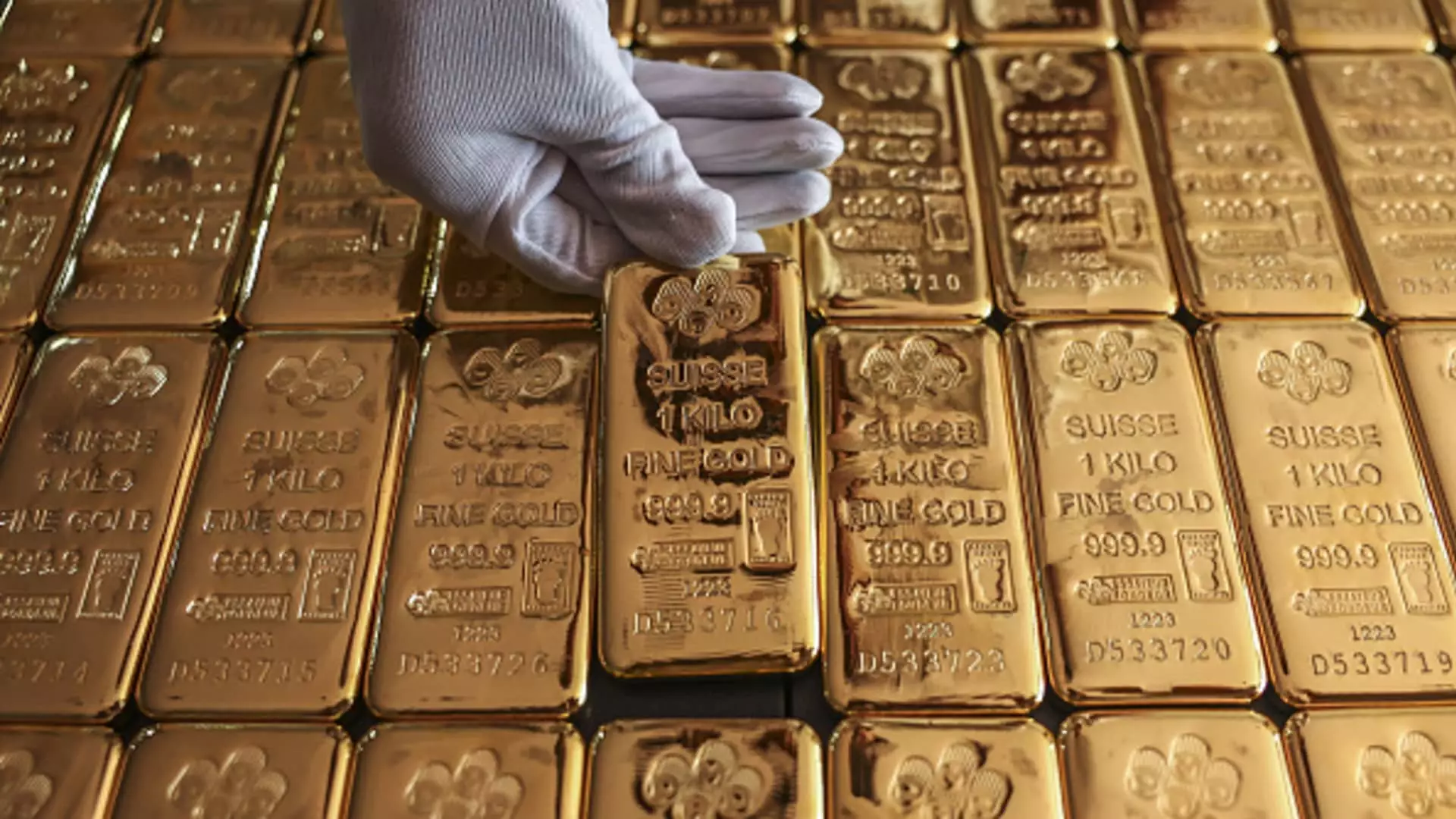As the world of investments continues to evolve, George Milling-Stanley, the chief gold strategist at State Street, remains steadfast in his bullish outlook on gold. In a recent interview, he expressed confidence in the precious metal’s future, suggesting that both this year and the next will present promising opportunities for gold investors. This perspective is particularly intriguing given the dynamic interplay between various global markets, including rising demand from central banks and individual investors, notably in major emerging economies like India and China.
Milling-Stanley noted that despite recent volatility following the presidential election, the fundamentals supporting gold’s long-term value remain robust. The post-election wave of risk-on assets has led many investors to pivot towards higher-risk equities and cryptocurrencies, yet gold is beginning to recover its footing. This upward trend in precious metal markets is a testament to its enduring appeal as a safe haven, even amid broader market fluctuations.
The introduction of the SPDR Gold Shares ETF (GLD) two decades ago marked a pivotal moment in the commodity investment landscape. Prior to its launch, gold investments were largely confined to jewelry and physical bullion. However, GLD not only democratized access to gold but also redefined how investors approach commodity allocation in their portfolios. This transformation has enabled investors to diversify beyond traditional equity and fixed income avenues, making gold an attractive option for risk management and portfolio resilience.
According to Todd Sohn, an ETF and technical strategist at Strategas, the launch of GLD was revolutionary. By offering a more accessible way to invest in gold, GLD has attracted a diverse array of investors who previously may have been hesitant to engage with this commodity. The ETF has provided a bridge for everyday investors to enter the gold market, thus enhancing liquidity and fostering a greater appreciation for gold as an essential component of modern investment strategies.
The last twenty years have witnessed a substantial shift in the perception of gold as an investment. As Milling-Stanley aptly points out, there has been a significant migration of interest from traditional jewelry to bullion and ETFs. This evolution reflects changing economic factors and investor sentiment that favor tangible assets during periods of uncertainty. The robust demand from emerging markets continues to propel this trend, indicating that gold is not just a relic of the past but a relevant asset class in today’s economy.
Interestingly, since its inception, GLD has posted an impressive 451% increase, showcasing the effectiveness of this investment vehicle in attracting capital and driving growth. This performance underscores gold’s potential as a hedge against inflation and market volatility, reinforcing the critical role it plays in comprehensive portfolio management.
The insights shared by George Milling-Stanley exemplify a broader understanding of gold’s role in the investment ecosystem. As we advance further into the 21st century, it is clear that gold, particularly through instruments like GLD, will continue to attract investors seeking stability and diversification. The evolving dynamics of global markets, characterized by increasing demand from both institutional and individual investors, suggest that gold will remain a vital asset in the financial landscape for years to come.

